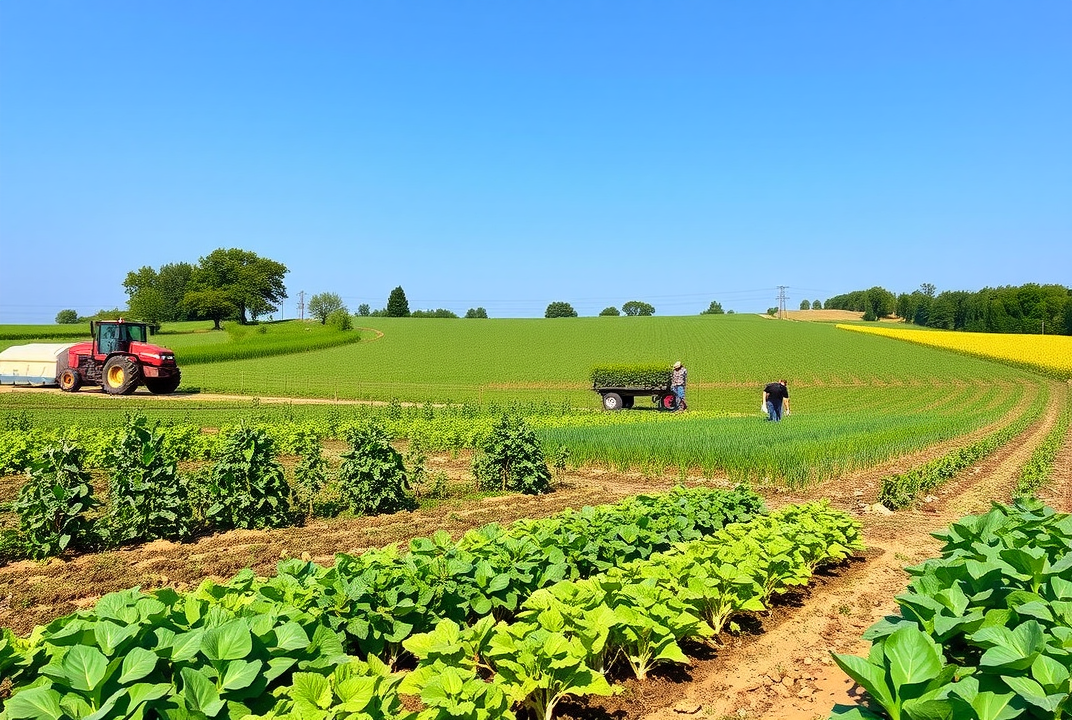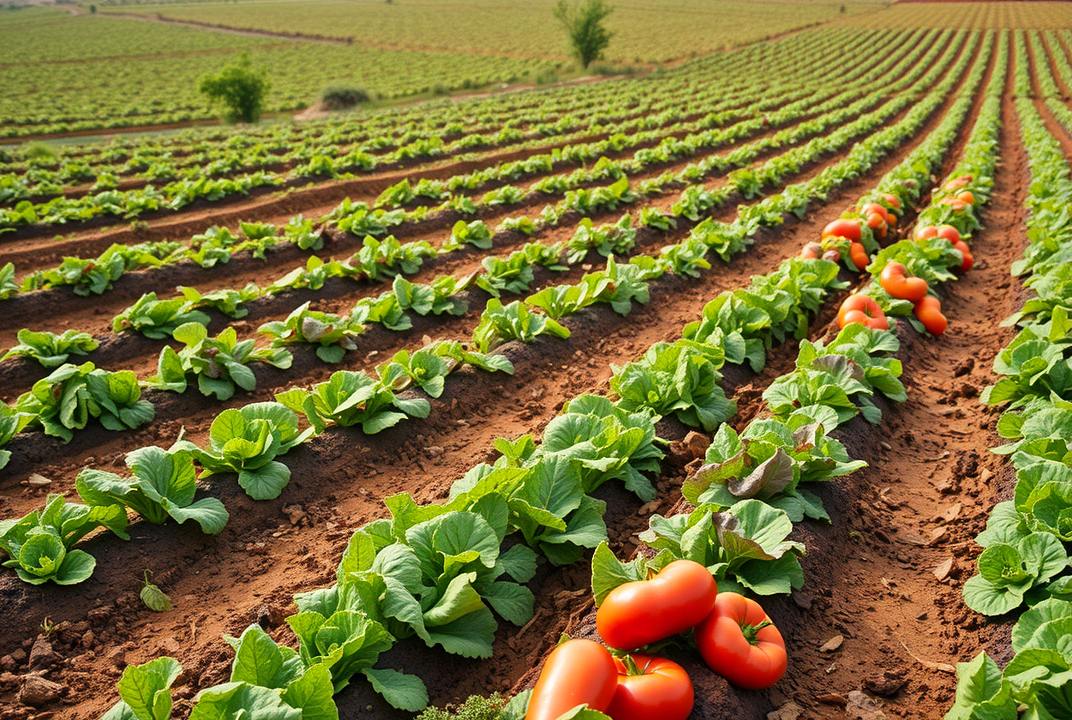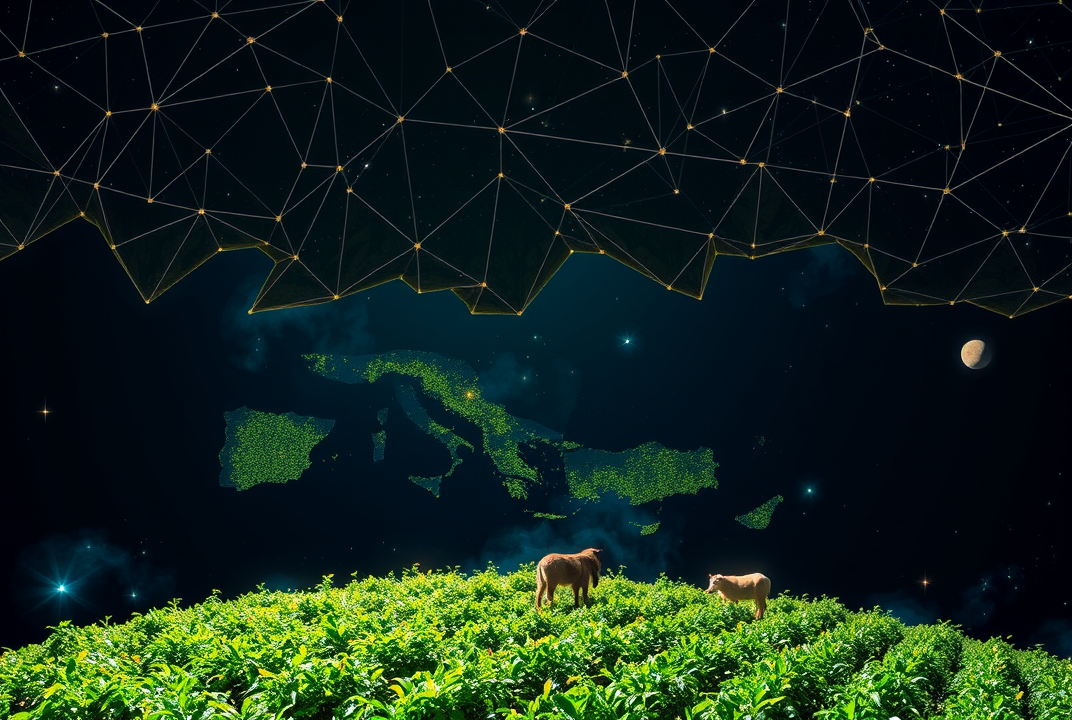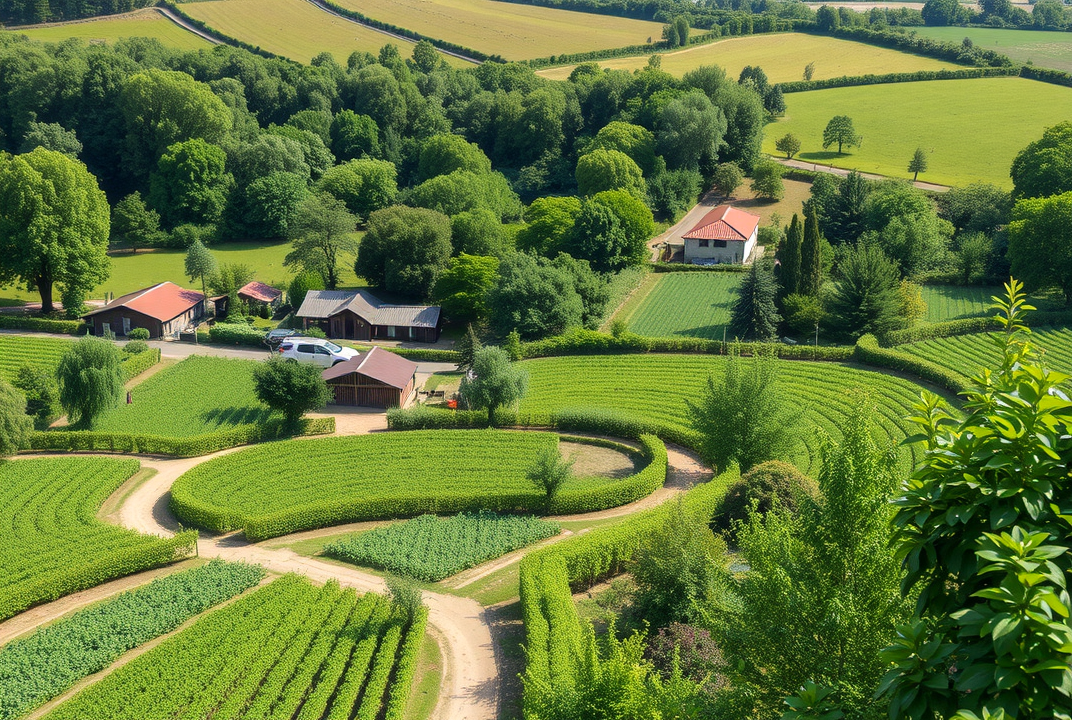Current Trends in Organic Farming and Their Effects on Agriculture

Introduction
Organic farming has become a pivotal movement in the agricultural sector globally. With increasing consumer awareness and a shift towards sustainable practices, the organic farming industry has seen considerable growth. Whether you're an industry insider or a concerned consumer, understanding these trends and their effects is crucial.
In this article, we will explore the trends shaping organic farming today, including market dynamics, consumer preferences, and technological advancements. We'll also examine how these trends impact agriculture as a whole, influencing everything from production methods to international policy.

The Growth of Organic Farming
In recent years, organic farming has surged in response to the rising demand for food products that are both healthy and environmentally sustainable. A significant increase in global organic farmland highlights this growth; according to FiBL and IFOAM, organic agricultural land has grown to over 70 million hectares worldwide.
-
Consumer Demand: A primary driver of this growth is consumer demand. People are increasingly concerned about what they eat and the environmental impact of its production. Access to information has led consumers to demand transparency and sustainability. This has pressured food producers to transition to organic methods.
-
Policy Support: Government policies play a significant role in market trends. Many countries offer subsidies and incentives for organic farming, aiming to encourage sustainable practices and reduce the agricultural carbon footprint.
Consumer Preferences and Their Influence
Consumer preferences greatly influence the organic market. More consumers prefer organic products due to possible health benefits, ecological considerations, and better taste perceptions.
-
Health Consciousness: Consumers are not just looking for food; they are seeking products that contribute to health and wellness. Organic foods often align with these health goals due to their lower pesticide residue and absence of synthetic fertilizers.
-
Environmental Benefits: The perception that organic farming is better for the environment pushes more customers towards organic products. This trend influences farmers to adopt practices that minimize soil degradation, conserve water, and maintain biodiversity.
Technological Advancements in Organic Farming
As with many industries, technology is a key factor in modernizing organic farming. New advancements help improve productivity and efficiency without compromising organic principles.
-
Precision Agriculture Technologies: These include GPS mapping and satellite imagery, which aid farmers in efficiently managing their fields. Precision farming allows for targeted interventions, reducing waste and ensuring optimal growth conditions.
-
Biotechnology: While genetic modification is not part of organic farming, other biotechnological interventions, such as improved pest control techniques and soil enhancements, are gaining traction.

International Market Dynamics
The global market for organic products is expanding rapidly, driven by demand from developed and developing countries alike.
-
Global Export Opportunities: Countries with well-established organic sectors, such as Australia and the USA, are exporting organic products globally, meeting rising international demand. This has opened up new revenue streams for organic farmers and brought international attention to organic farming standards.
-
Trade Policies: International trade policies can significantly influence organic farming. For instance, trade agreements between countries can facilitate access to organic products across borders. Thus, understanding these dynamics is essential for market participants.
Challenges and Opportunities
Despite its growth, organic farming faces various challenges, which also present opportunities for innovation and improvement.
-
High Production Costs: Organic farming typically involves higher production costs due to more labor-intensive practices and the premium quality standards that must be met. However, these challenges present opportunities for innovative solutions, such as cooperative farming and shared resources, which can reduce costs.
-
Research and Development Needs: There is a constant need for advanced research to overcome barriers in organic farming, like disease resistance and crop yield improvements. Collaborative research initiatives hold the potential to advance organic techniques and make them more accessible.
Implications for Future Agriculture
The trends in organic farming are likely to have lasting effects on the broader agricultural landscape.
-
Increased Adoption of Sustainable Practices: As organic farming continues to influence conventional agriculture, more farms may adopt practices that prioritize sustainability over short-term gains.
-
Policy and Regulatory Changes: As organic farming becomes mainstream, regulatory changes might emerge to support and standardize practices.
Conclusion
Organic farming is more than a niche sector; it is a significant player in shaping the future of global agriculture. From driving the demand for more sustainable practices to influencing international markets and policies, organic farming's current trends indicate substantial and lasting impacts. As the world continues to confront the challenges of climate change and food security, organic farming offers a blueprint for more sustainable agricultural practices.
By understanding and adapting to these trends, stakeholders at all levels can contribute to a healthier and more resilient agricultural system that benefits both producers and consumers.
